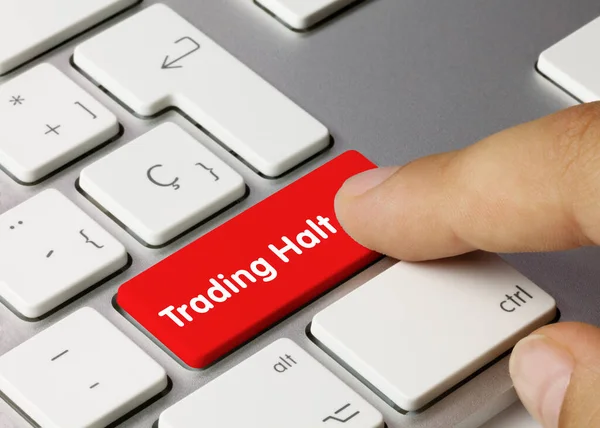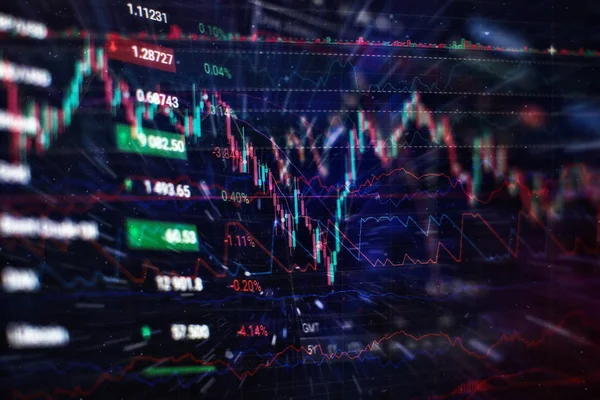Trading Halts: What Are They and Why Do They Happen?

In the dynamic world of financial markets, every second counts. Prices can soar or plummet within minutes, and traders need to be on their toes to make calculated decisions. In some cases, the activity is so volatile that trading needs to be temporarily suspended. This is known as a trading halt. In this article, we will delve into the intricacies of trading halts, why they occur, and their implications.
1. What is a trading halt?
A trading halt is a temporary suspension of trading for a particular security at one exchange or across several exchanges. It's a mechanism used to prevent excessive volatility or to ensure that all investors have access to the same information before trading resumes.
2. Who can halt trading?

Trading halts are typically initiated by the stock exchange or the regulatory authorities overseeing the exchange. In the United States, for example, the Securities and Exchange Commission (SEC) has the authority to halt trading, but most often, it's the individual exchanges like the New York Stock Exchange (NYSE) or the Nasdaq that make the call.
3. What is the difference between a trading halt and an up/down limit?
Both trading halts and up/down limits are measures to control extreme volatility. However, they function differently:
Trading Halt: As discussed, it's a complete suspension of trading for a specific security. No buy or sell orders can be executed until the halt is lifted.
Up/Down Limit: This refers to preset boundaries within which a stock price can move within a single trading day. If a stock hits its up limit, it cannot be traded at a higher price for the rest of the day. Similarly, if it hits its down limit, it can't be traded at a lower price. Trading can continue within these limits.

4. Why does trading get halted?
There are several reasons why trading might be halted:
Regulatory Halts: When pending news might significantly affect the stock price (like a merger announcement or a significant product recall), trading can be halted until everyone has access to the same information.
Technical Glitches: In cases where there's a malfunction in the trading system or a cybersecurity breach, trading might be halted to rectify the situation.
Extreme Volatility: Rapid price swings might trigger "circuit breakers" that halt trading to prevent panic selling or buying.
5. How long do trading halts last?
The duration of a trading halt can vary. It might last for just a few minutes or can extend to several days, depending on the reason for the halt. In the case of regulatory halts due to pending news, the halt lasts until adequate public dissemination of the news has occurred, ensuring all investors are informed.
6. Is a trading halt good or bad?
The perception of a trading halt being good or bad depends on perspective:
Good: It can prevent panic selling, ensuring stability in the markets. For investors, it provides a momentary break to assess the situation and make more informed decisions.
Bad: For traders who want to exit or enter positions quickly, halts can be frustrating. Also, a sudden halt can induce anxiety and uncertainty about the particular security or the broader market.

7. How to know if trading has been halted?
Most major stock exchanges and financial news outlets provide real-time information on trading halts. Investors and traders can also check the official websites of exchanges or use financial platforms and applications that offer alerts and updates on trading halts.
In conclusion, while trading halts might seem like interruptions in the continuous world of stock trading, they serve as essential control mechanisms to maintain order and fairness in the marketplace. Whether perceived as good or bad, they exist for the overall health and integrity of financial markets.
